So… you’ve found your feet on some of the best hikes in England and Wales and now you’re feeling ready for a bigger challenge. You’re looking northward to Scotland and the Highlands – the scary big brother of Snowdonia and the Lakes. Walking there for the first time is a rite of passage for hikers. It’s like a new world.
Standing on top of a Scottish Munro for the first time, golden eagles soaring above, with nothing but peaks in every direction. It is, well, I hate the word, but it’s epic. It really is. There’s just no other word for it.
Add to that remoteness swarms of midgies intent on devouring you, wild stags, raging rivers and mountain days with over a thousand metres of climbing, and it’s forgivable to be a little intimidated when planning your first Highland adventure. Don’t be, though. We have a few bits of tried-and-tested advice to make your first time a little easier.
It’s best to leave winter alone for now, and also don’t just be drawn to the big one... you know the one I mean. Plan well for something extra special and make your first Scottish outing more interesting than a trudge up the Ben Nevis tourist path!
Plan your trip
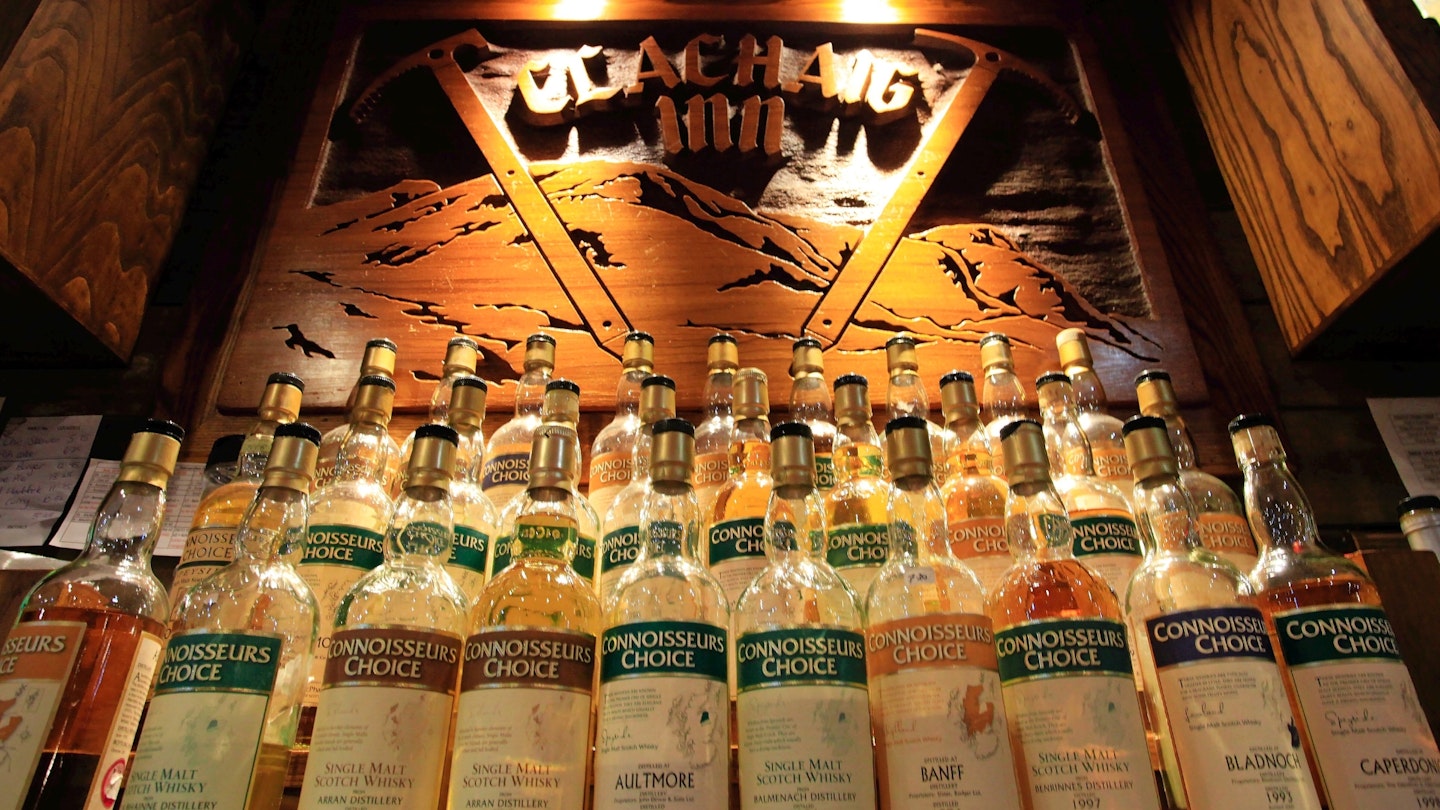
Pick a base camp
The villages of Glencoe and Kinlochleven are great options if you’re making a long journey to visit. The nearby Mamores is a great mountainous area for newbies.
There’s lots of accommodation, and of course, there’s the famous Clachaig Inn (pictured above) just up the road in Glen Coe. You HAVE to visit the Clachaig on your first trip to Scotland!
Stay flexible
Being mobile with sleeping arrangements is helpful for successful trips. You might choose to set a tent up away from the road or be lucky enough to have a campervan.
If you’re hardcore, you can sleep in your car, but flexibility and the ability to park up and sleep near your objective will open so many new areas up to you. Scotland is able to accommodate this type of adventure and it’s legal to camp just about anywhere, barring a few restrictions.
Even so, never leave any mess. Always clean a bit of someone else’s rubbish to pay your dues for the ability to stay over in lay-bys and some car parks. Always go to the toilet well away from roads and never leave paper, even if buried. Be respectful of locals, and if a sign asks you not to camp, take it on the chin and move on. There will always be somewhere else. NEVER leave fire damage.
Use the bothies
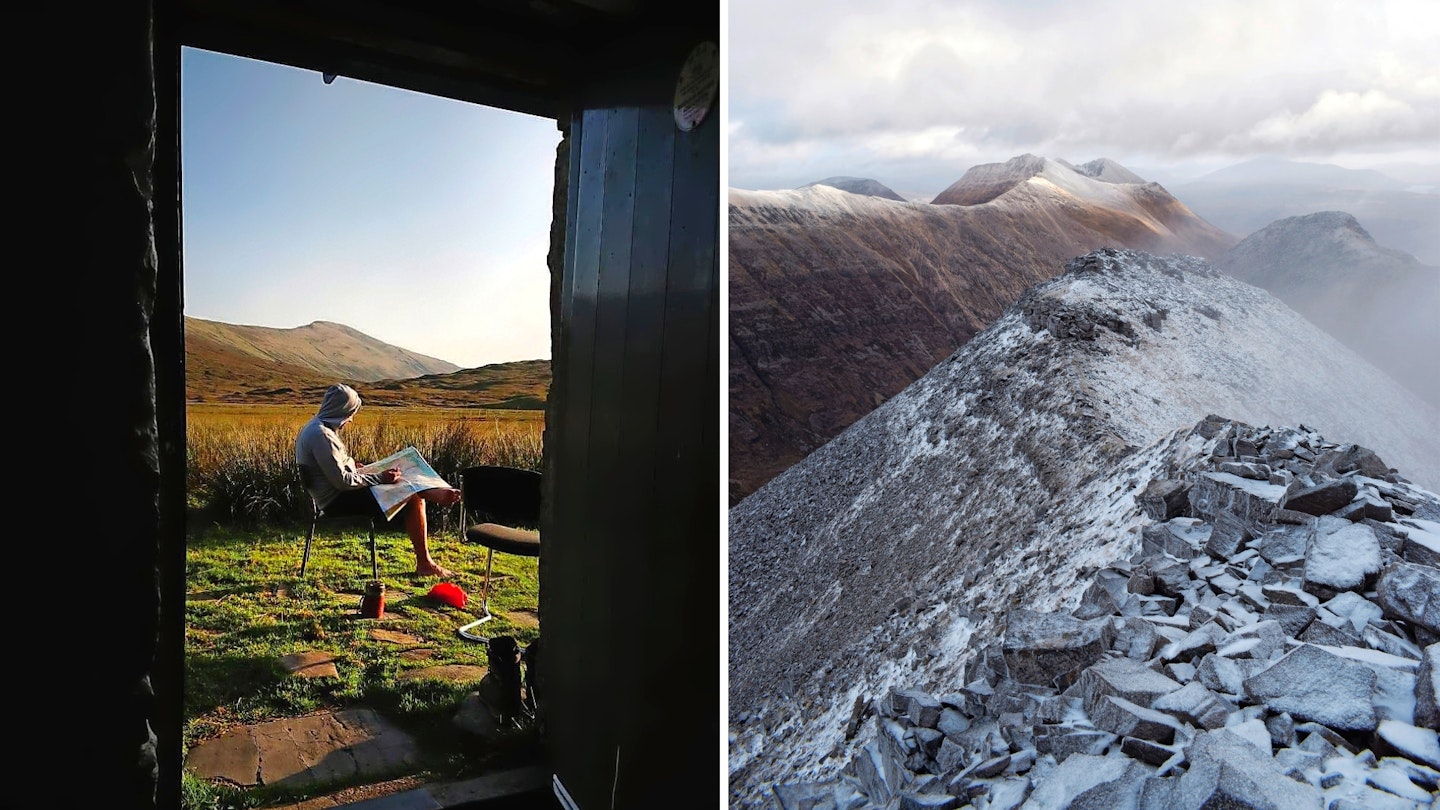
Bothies are free mountain shelters providing basic accommodation in remote places. Consider joining the Mountain Bothies Association and check out the options. Personally, I’d take a wild Scottish bothy over a fancy hotel any day. Always try to leave them cleaner than when you arrived.
Plan your routes
When looking for new routes or doing your homework on places you want to go, the routes section on this website is a good place to start, with all current and past routes available to view and download via the Ordnance Survey’s online platform. The book The Munros – A Walk Highlands Guide by Helen Webster is excellent too.
Choose your season
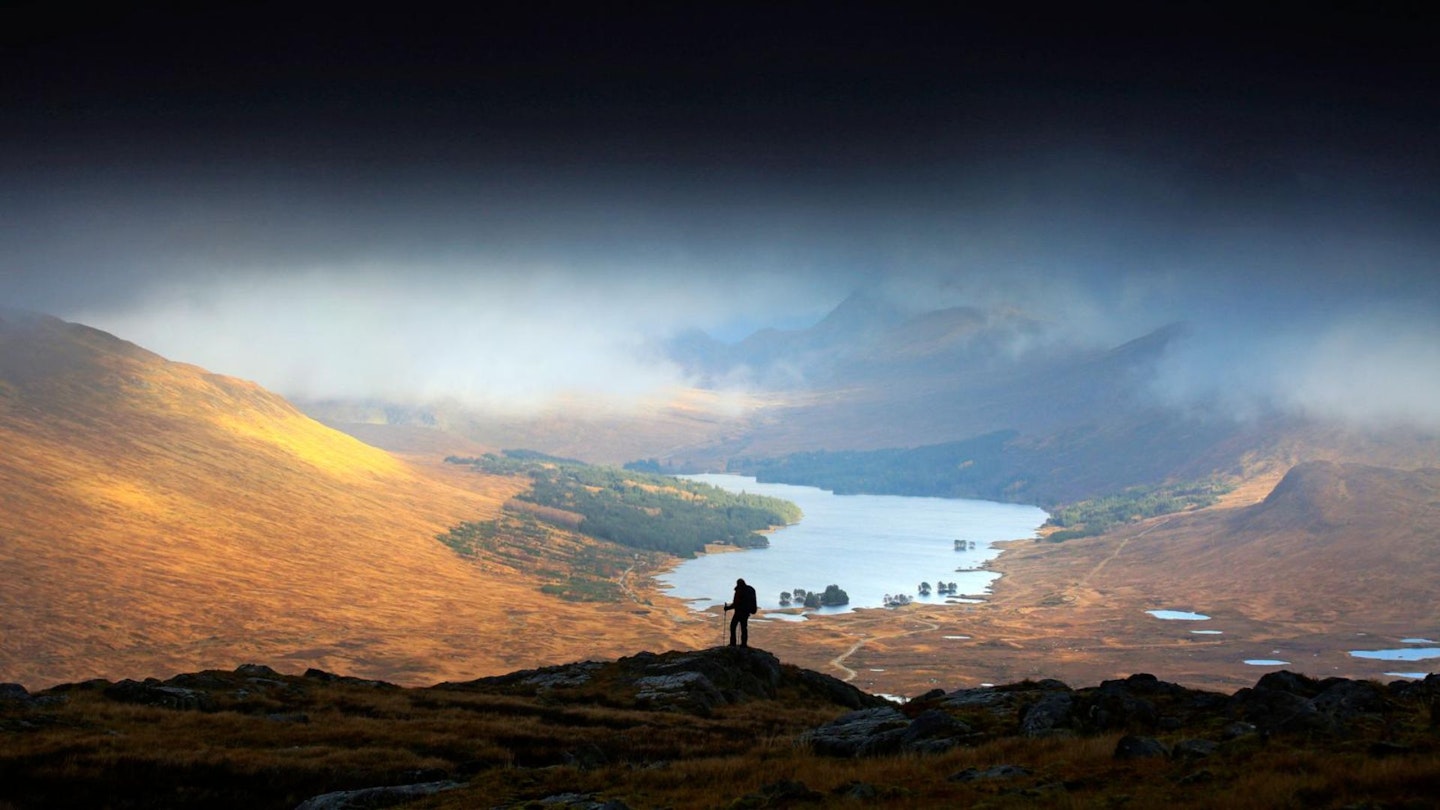
The Scottish mountains can hold snow in high north-facing corries well into April and sometimes May. If you’re heading up early after winter, it’s definitely worth asking around on any social media forums or people you follow, to find out if any is lingering. Planning walks that use southern aspects can help avoid this hazard.
Summer is notorious for midgies. They can be so thick in the air that you will literally inhale them! During late summer to autumn, be mindful of deer shooting season. Most hunting happens from August onwards and there may be restrictions in the area you plan to visit. Check out The Scottish Outdoor Access Code website for more detailed info.
Use digital tools
Many Scottish mountains are in remote locations and will need a thoughtful approach to logistics. When route planning, combine mapping software such as OS Maps and ViewRanger with Google Earth and Google Maps to identify parking locations and nearby accommodation to your route.
You will also find that the 3D and aerial views on mapping apps are invaluable for identifying sections of your route that might not show a path on a printed map.
Pick the best map for you
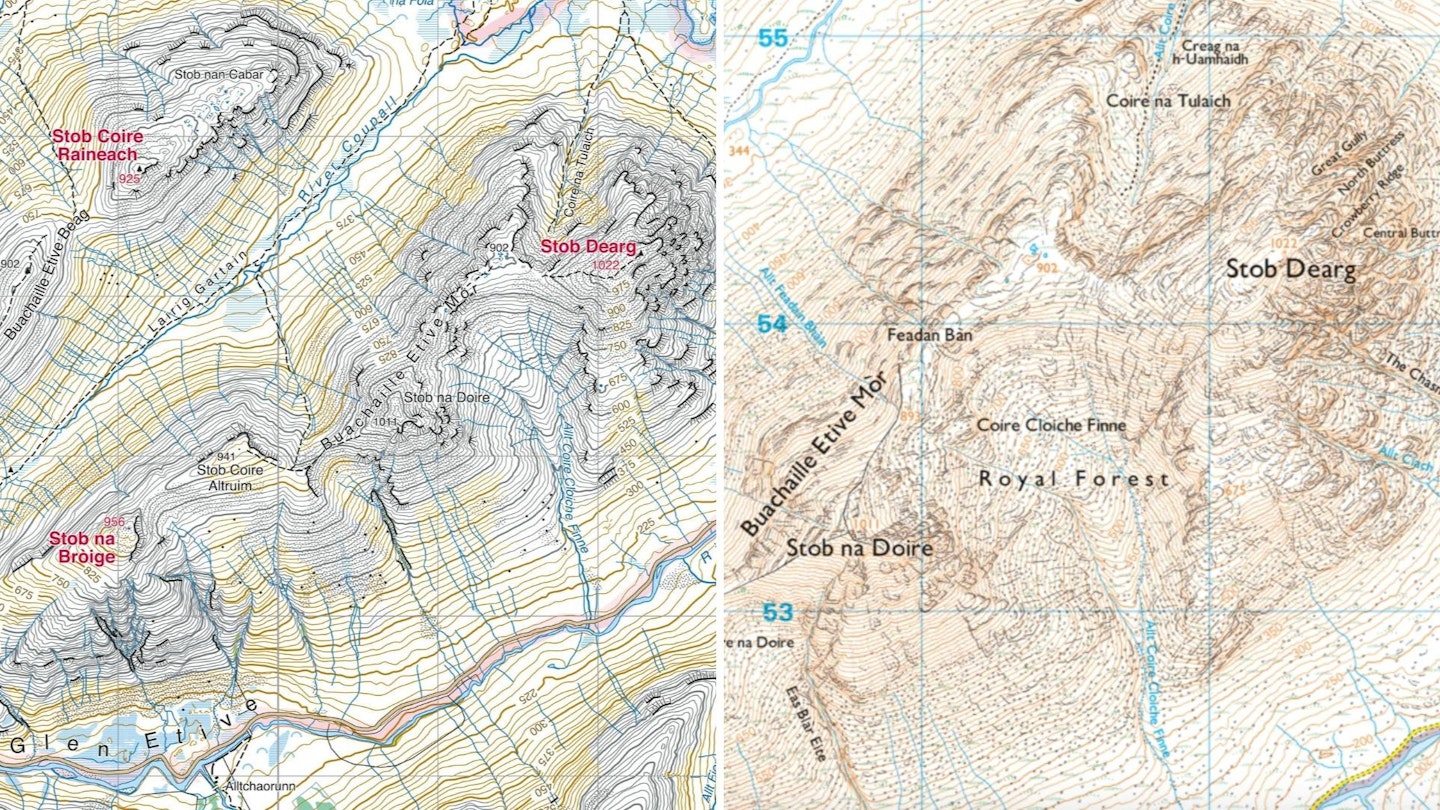
In my opinion, Harvey maps are great for Scotland and I never walk without one. Here’s why...
-
They often include paths not shown on other maps.
-
I find them generally clearer and easy to read, once you get used to them.
-
Dangerous/craggy ground is easy to identify on them.
-
They have enlarged 1:15k scale sections for some of the trickiest summits and ridges.
-
Harvey maps have all 282 of the Munros identified with red names. Once you’ve visited a few, you’ll be hooked on bagging them all. It’s a slippery slope.
Learn to navigate
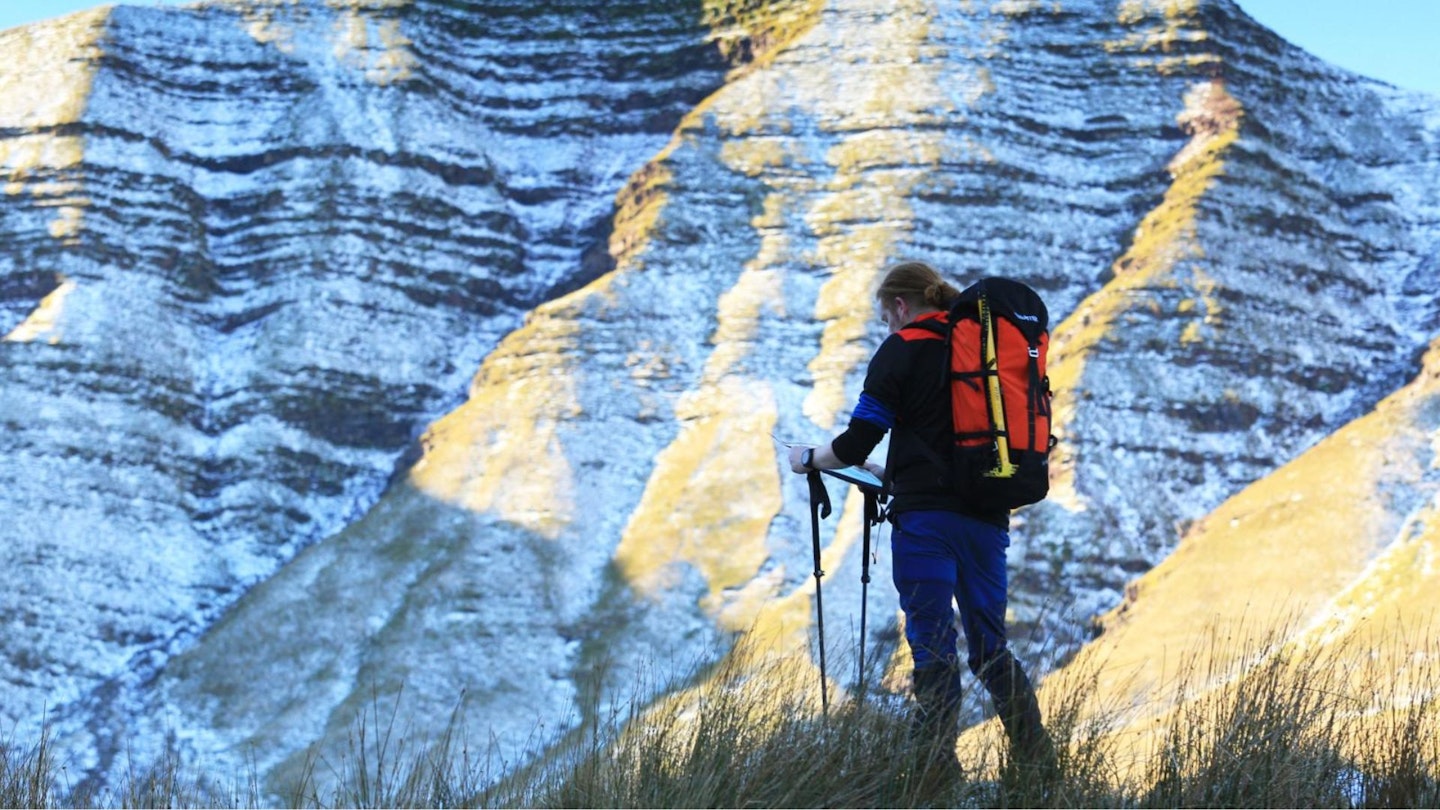
Brush up on your nav skills before you go. Away from the most popular areas, the mountains can feel very wild and remote. They are steep and with lots of walking over serious terrain. Efficient route-finding will help you.
The last thing you want on a big Scottish walking day is to take a wrong turn and add a couple of hours and a few hundred metres of climbing, or get stuck at a river and have to walk for miles to cross it.
Watch the weather
Take a good look at the mountain forecasts each day. Scottish weather can be incredibly changeable and some of the bigger routes won’t have easy escape options.
Reproof your kit
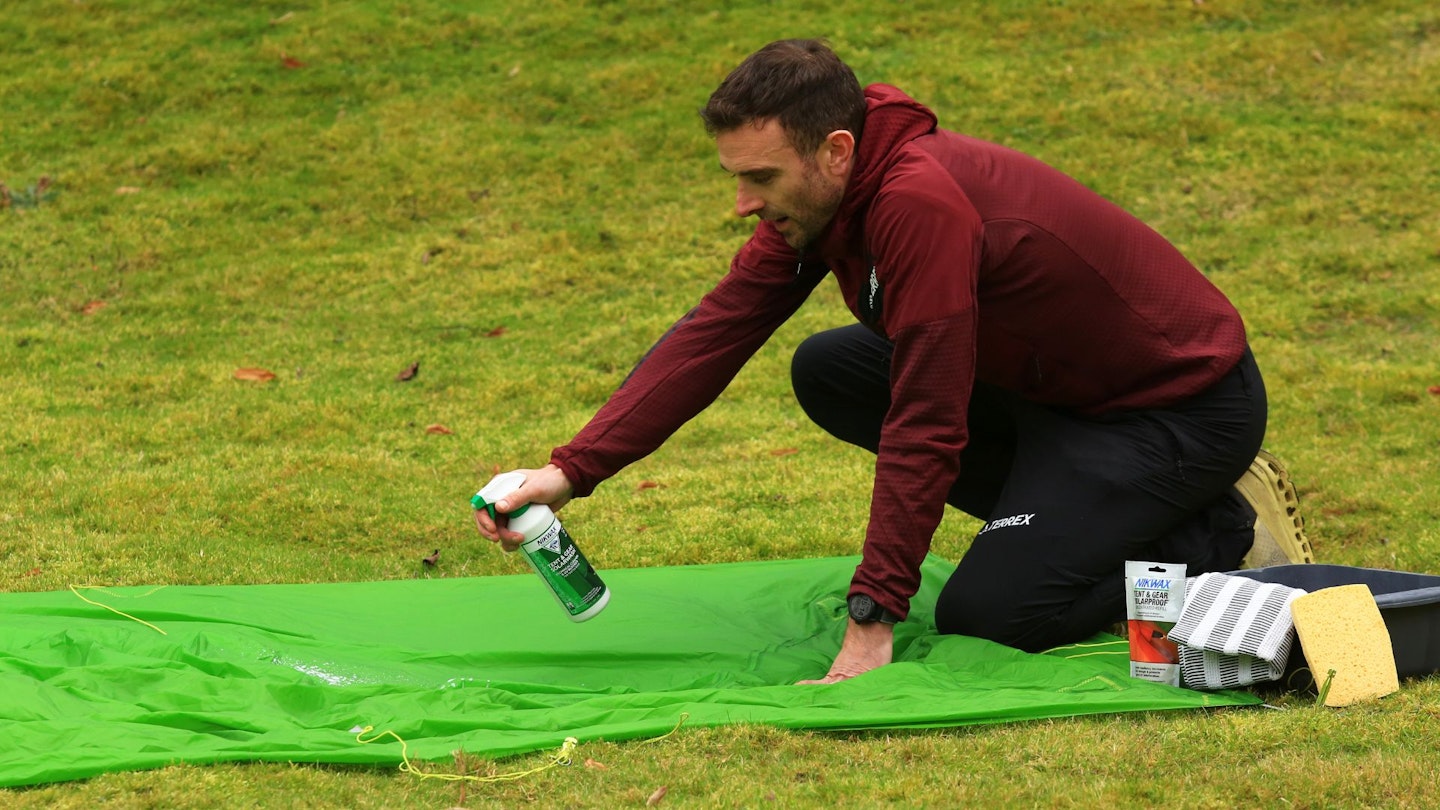
Scotland is renowned for being wet and windy. It’s not all views for miles – sometimes it’s views for metres. Be prepared for some wet-pants days! Lower your misery levels by reproofing your waterproof kit.
A good rule-of-thumb is if the water has stopped beading (forming in droplets on the surface) they need treatment. Always clean out your washing machine drawers with clean warm water and run it empty with hot wash first.
Wash with Nikwax Tech Wash first and then proof with TX Direct. Follow all instructions on bottles and garments very carefully!
Essential kit for the Highlands
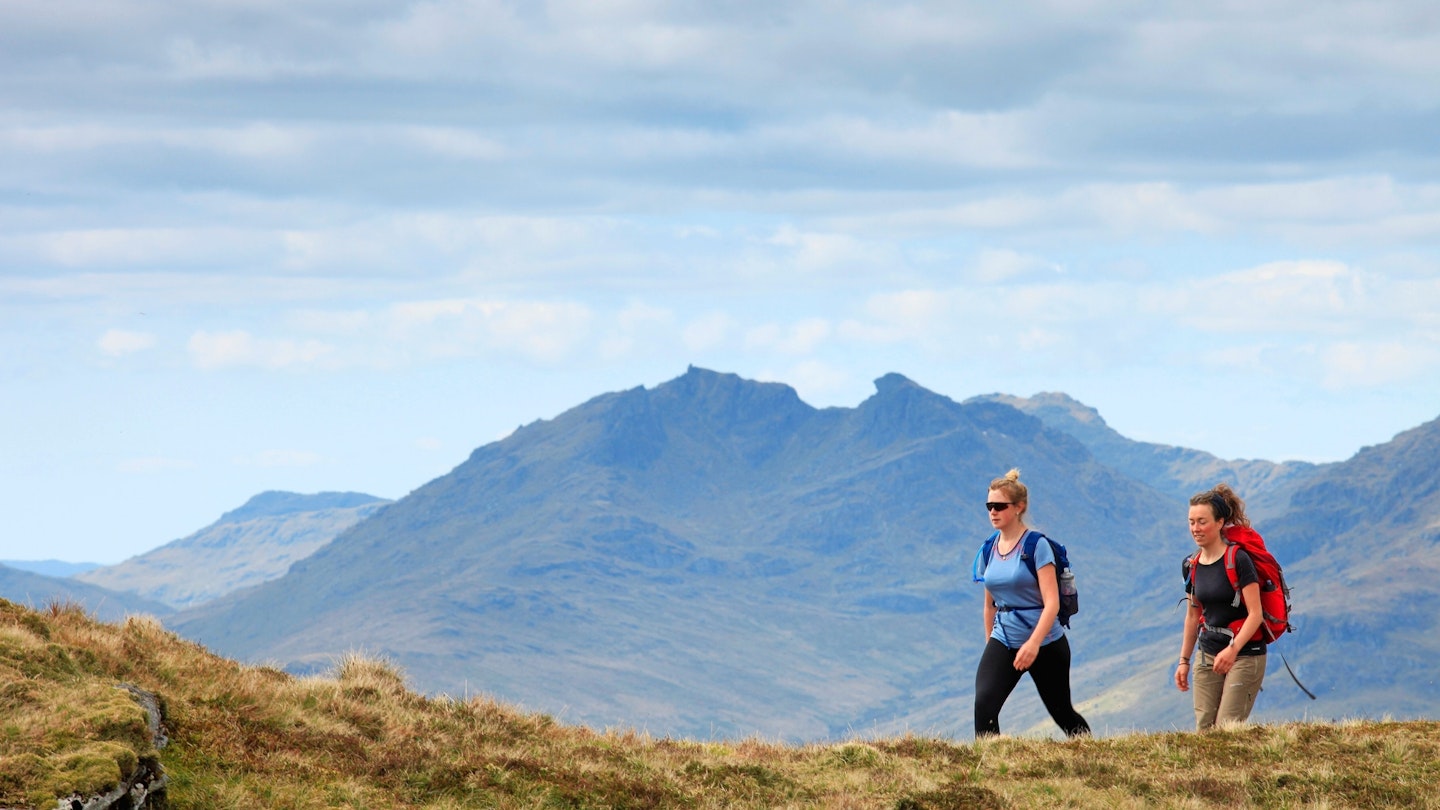
Walking poles
Never ever go without them. Hiking poles will save your knees and back from the pain of lugging around litres of midge repellent, but are also important tools for river crossings and walking through rough ground and up and down steep hills.
Days in Scotland can easily include 1,000m+ of ascent and 15-20km of distance. Walking poles will make that much less impactive on your body, enabling you to get the most out of your time and help reduce the probability of slips, trips and falls, which are the most common cause of mountain-related injury.
See our pick of the best walking poles for some expert recommendations.
Gaiters
Many remote Scottish mountains don’t have maintained paths and you will often be walking on rough, boggy ground. Gaiters are essential if you don’t want soggy feet and legs.
Emergency kit
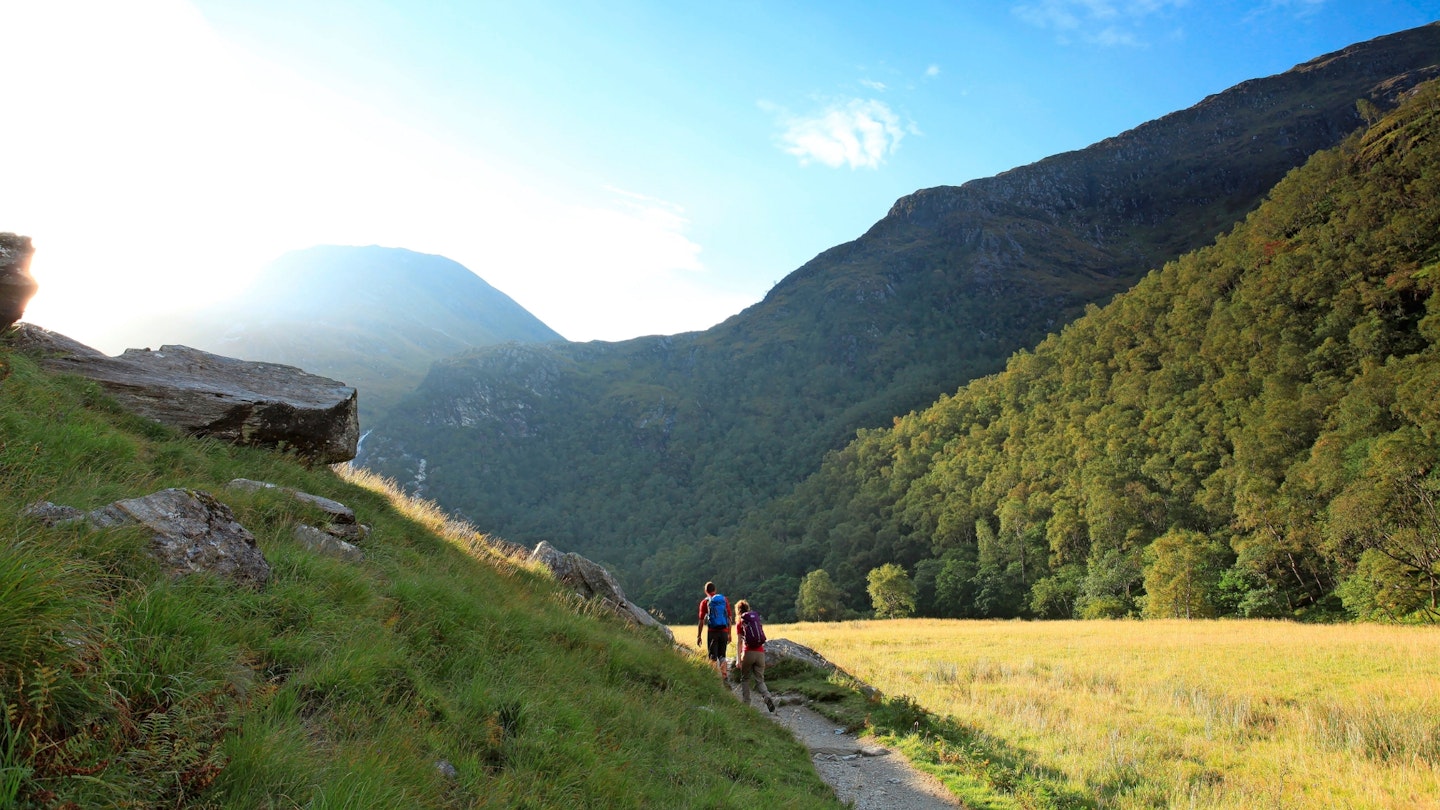
A first aid kit, survival shelter (or bothy bag) and blizzard jacket should live in your rucksack as a rule, even more so in Scotland.
Head torch x2
I carry a USB rechargeable head torch so I can use it on multi-day trips without worrying about batteries. Carrying a spare torch is easier than carrying spare batteries and trying to change them in the dark. My spare torch has AAA batteries, so I turn one the wrong way to prevent it accidentally switching on in my bag.
See our tried and tested shortlist of the best head torches for hiking if you're in the market for a new one.
Spare phone
Keep it topped up, charged and stored in a dry bag for emergencies.
Dry bags
Raincovers really aren’t that good. They blow off and are faffy to use. Waterproof backpacks can be a bit hit and miss, too. So I use a large waterproof dry bag as a liner inside my pack, with a few smaller ones for separate kit inside. If I have a particularly wet day, the dry bag just gets lifted out and the backpack will dry easily overnight.
Here's our pick of the best dry bags.
Beware these wild-country hazards
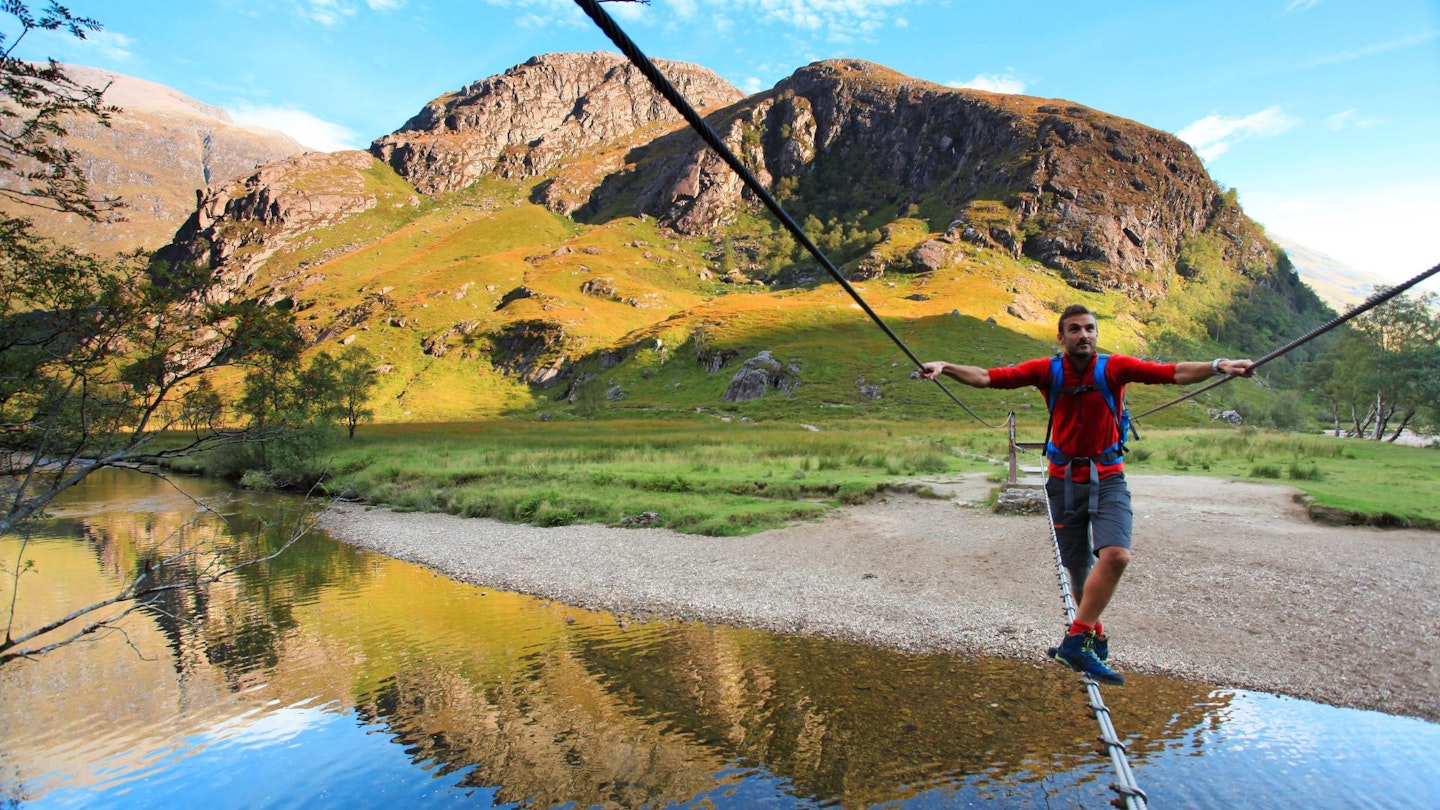
Cross rivers safely
You will occasionally need to cross rivers in Scotland. Take your time to find the calmest location. Face upstream. Stay together with your friends. Unclip your waistbelt and chest strap and use walking poles to brace yourself and keep balance.
If you’re going to rock hop, then keep an eye open for slippery moss or algae-covered rocks. Be prepared to turn back if the current is too strong or it is too deep. And always make sure you’re not crossing upstream of rapids or a waterfall!
Lack of rescue
In some of the more remote locations, rescue might be some hours away. Factor this into your planning. Take enough layers to stay warm and carry extra food, just in case.
If you haven’t already done it, register your phone with 999 so you can send texts to the emergency services. Sometimes a text will get through when you’re unable to make a call. If possible, also leave your route info and estimated timings with a friend or family, and always let them know when you’re back down.
The pesky tick
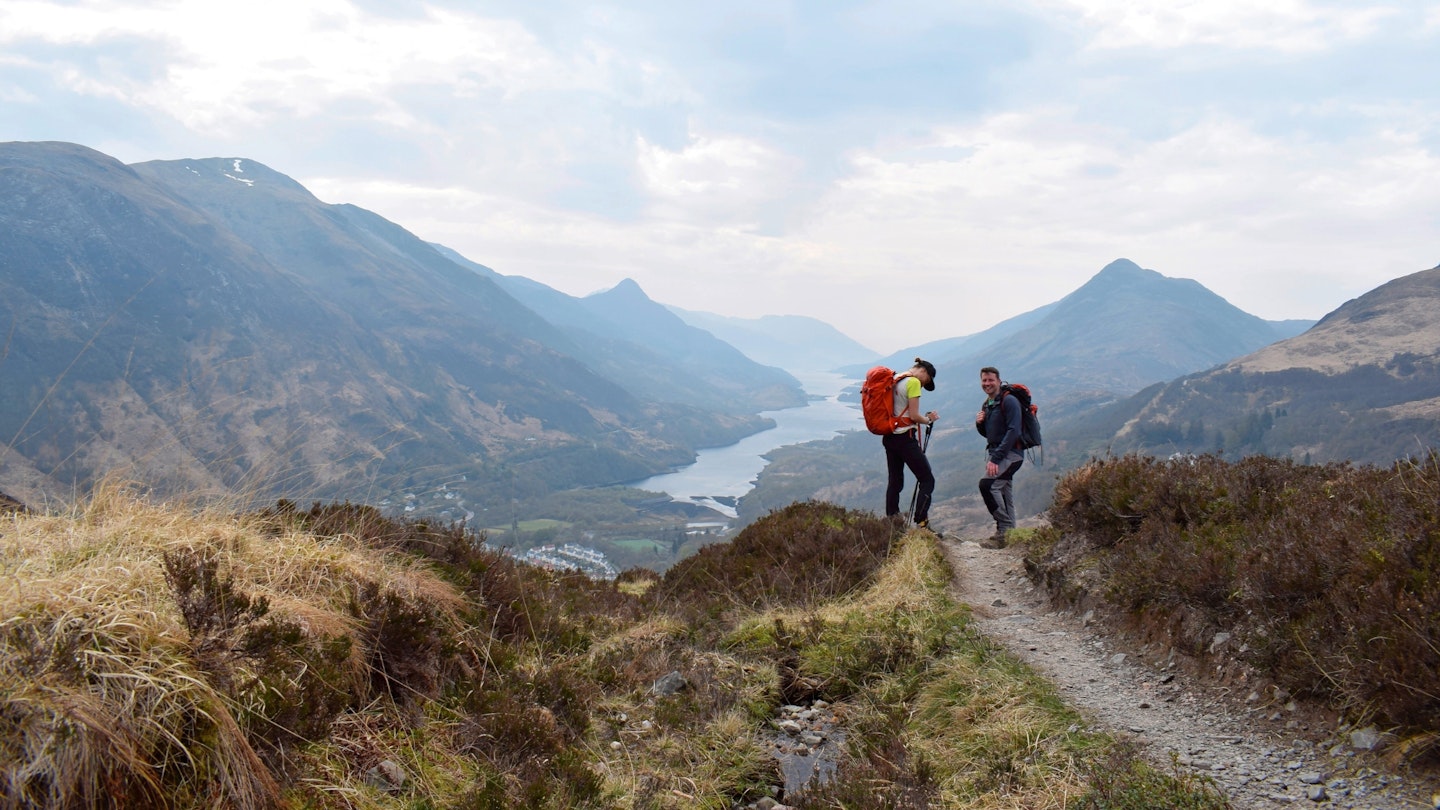
If it’s not the midges trying to eat you, it’s the ticks! I wear long walking trousers for the majority of the time, but in high summer be really aware of the tick risk, especially when walking through heathery terrain. Always take a tick removal tool and use plenty of insect repellent such as Smidge, which you can spray on socks, waistband and armpits.
Whenever you stop, get in the habit of having a quick check of your clothes to see if any ticks are on you and try to do a body check each evening, paying extra attention to ‘sweaty spots’ such as ankles, waist, groin and armpits. Search ‘NHS Lyme Disease’ for more information on tick-borne diseases and what to look out for.
5 great Scottish mountains for starters
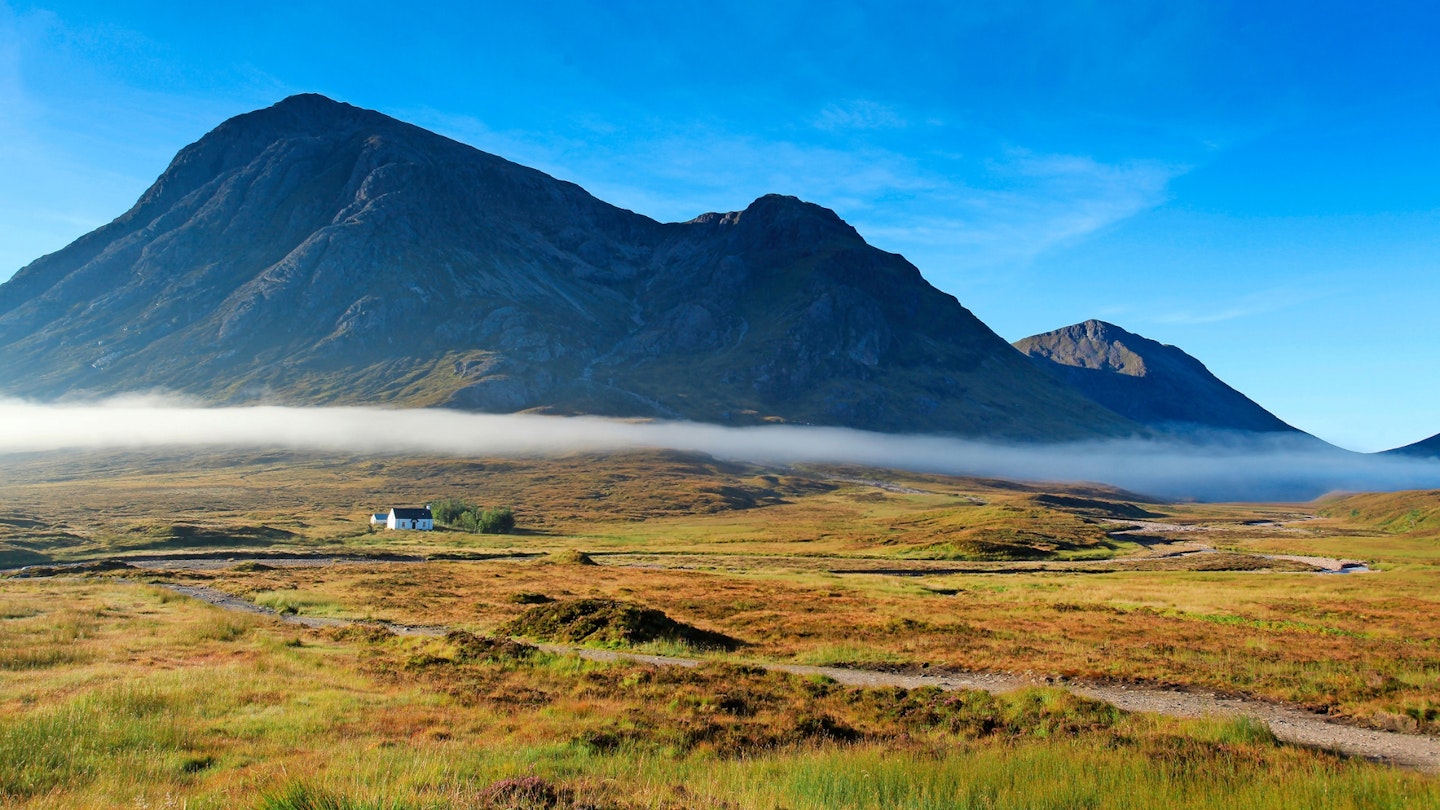
Buachaille Etive Mor
The classic of classics, and surely the most photographed mountain in Scotland. Some fine ridge walking to be had. Accessible from the A82 in Glen Coe.
Here's one of our recommended routes up Buachaille Etive Mor.
Ben Arthur (The Cobbler)
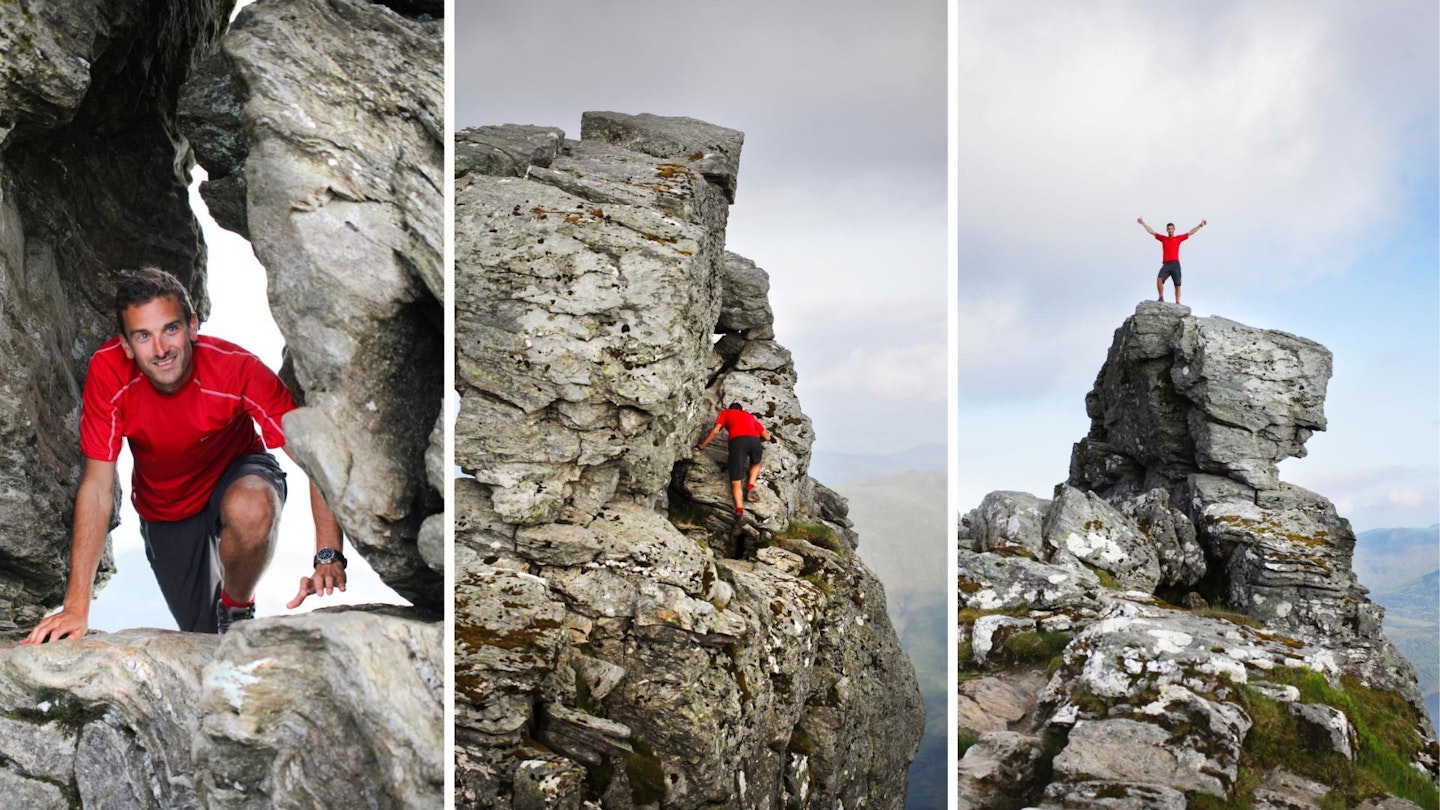
Conveniently located, accessible and not too big a day. The summit is iconic and you’ll remember it for years! If you’re brave and the weather is good, maybe ‘thread the needle’ to the true summit.
See our recommended route up Ben Arthur for inspiration.
Suilven
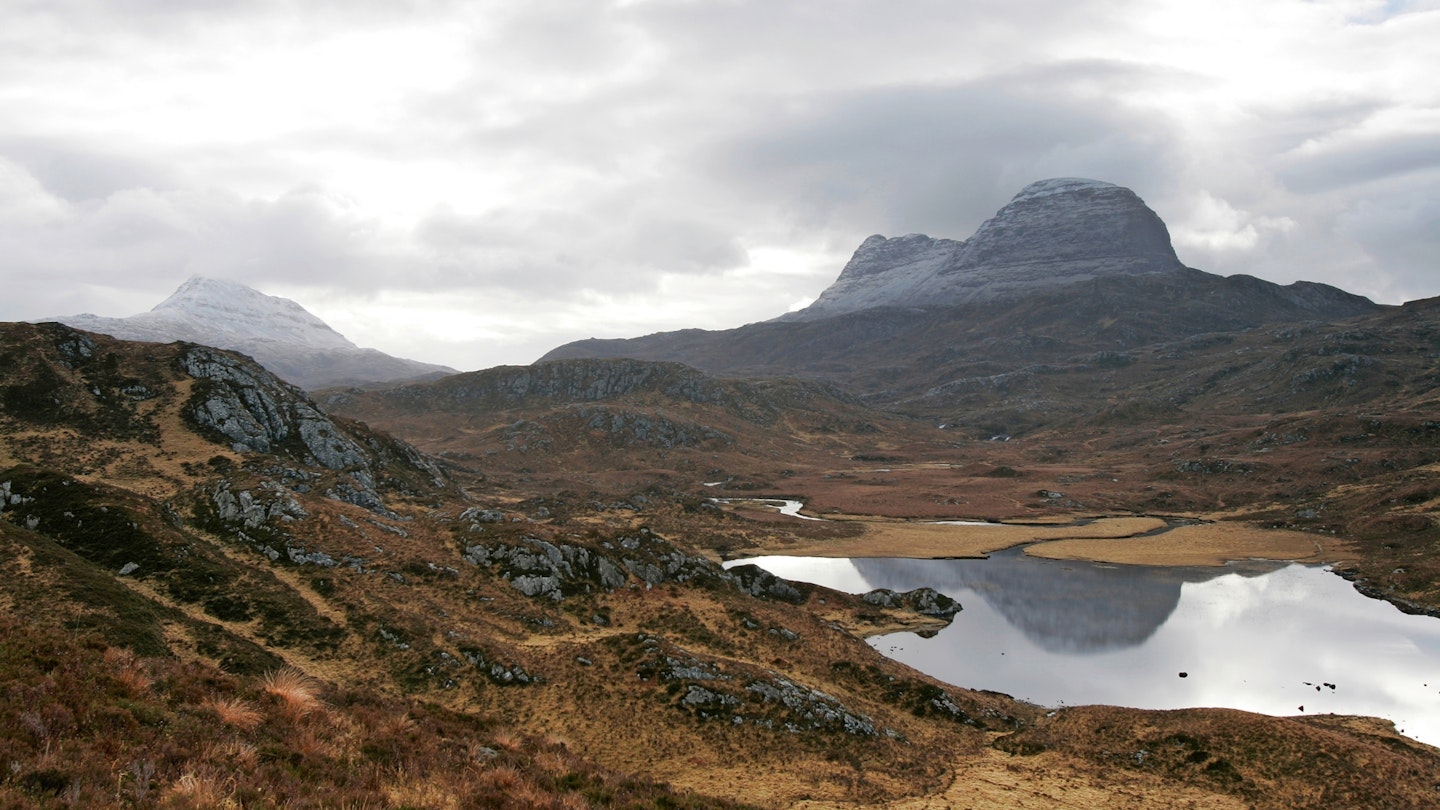
Now you’re getting a flavour for remote Scotland... This beauty of a lump is located in just about as wild and remote a location as it comes for most people. It’s a big trip just to reach the peak, so plan it well.
Binnein Mor
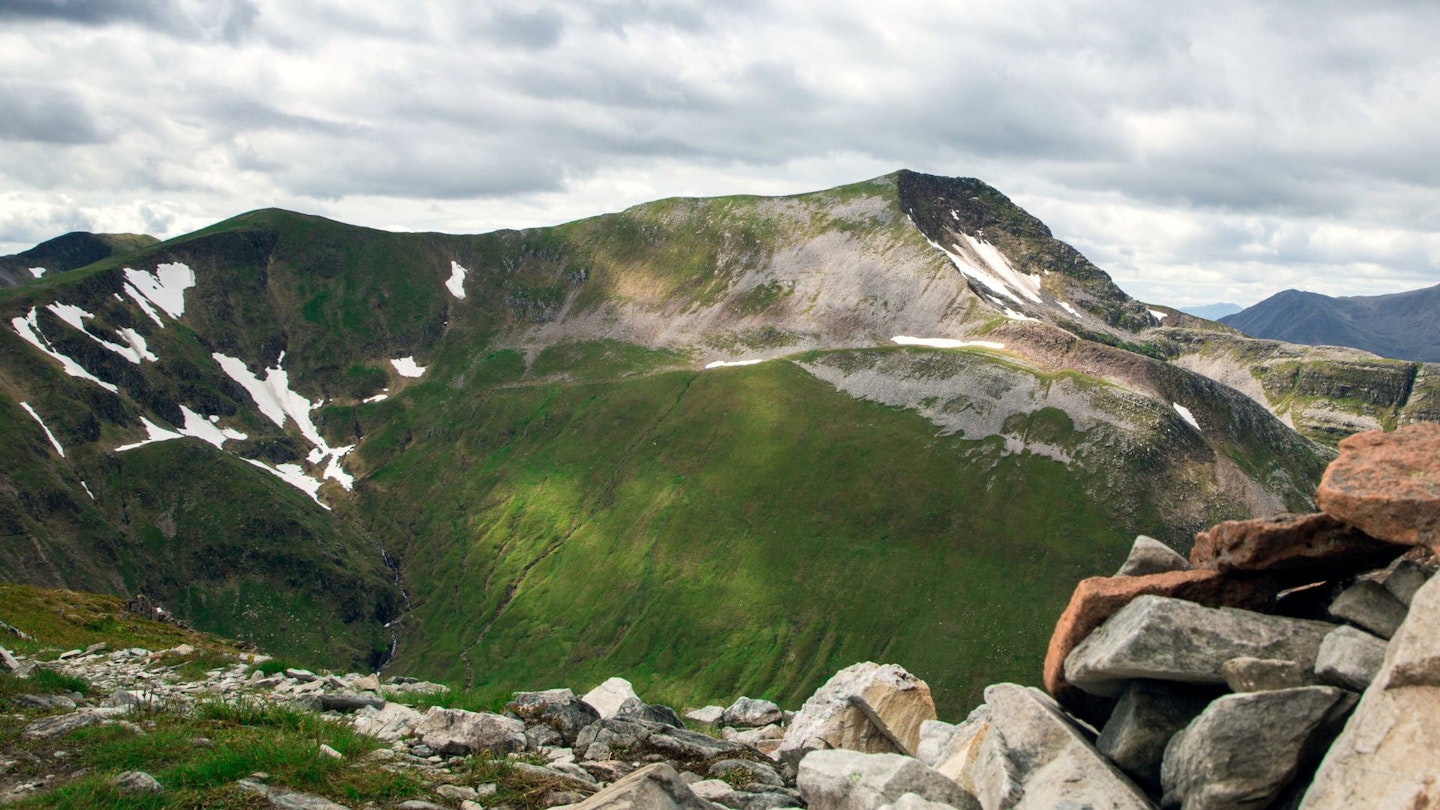
An exciting and popular day of ridge walking with some of the best views in Scotland, easily accessible from Kinlochleven.
Goatfell
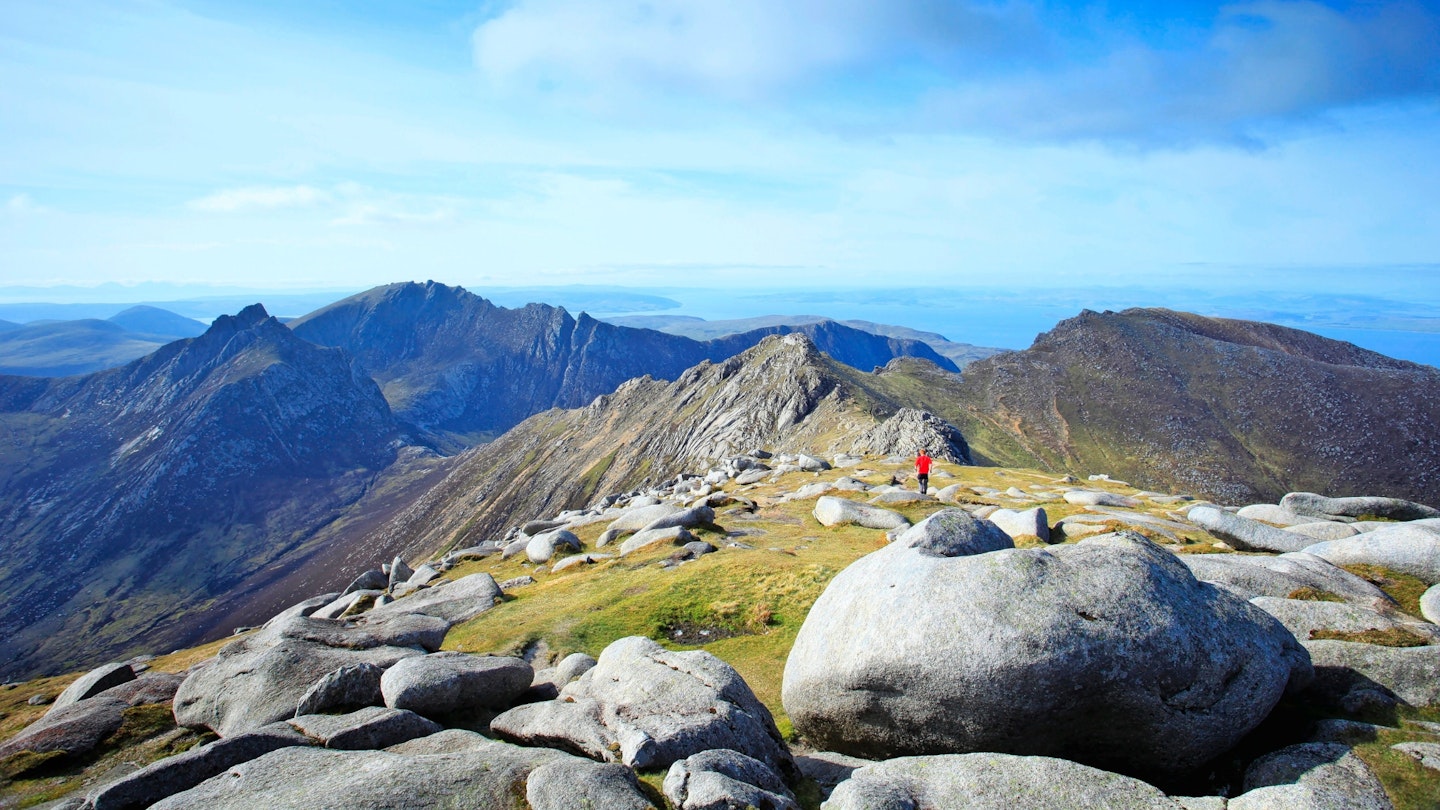
When you’ve sampled some of the mainland, why not try a trip to the Isle of Arran for this adventure? There are a few ways to go for it, so have a good read of the maps and guidebooks and see what tickles your fancy.
See our Goatfell walking route for inspiration.
About the author
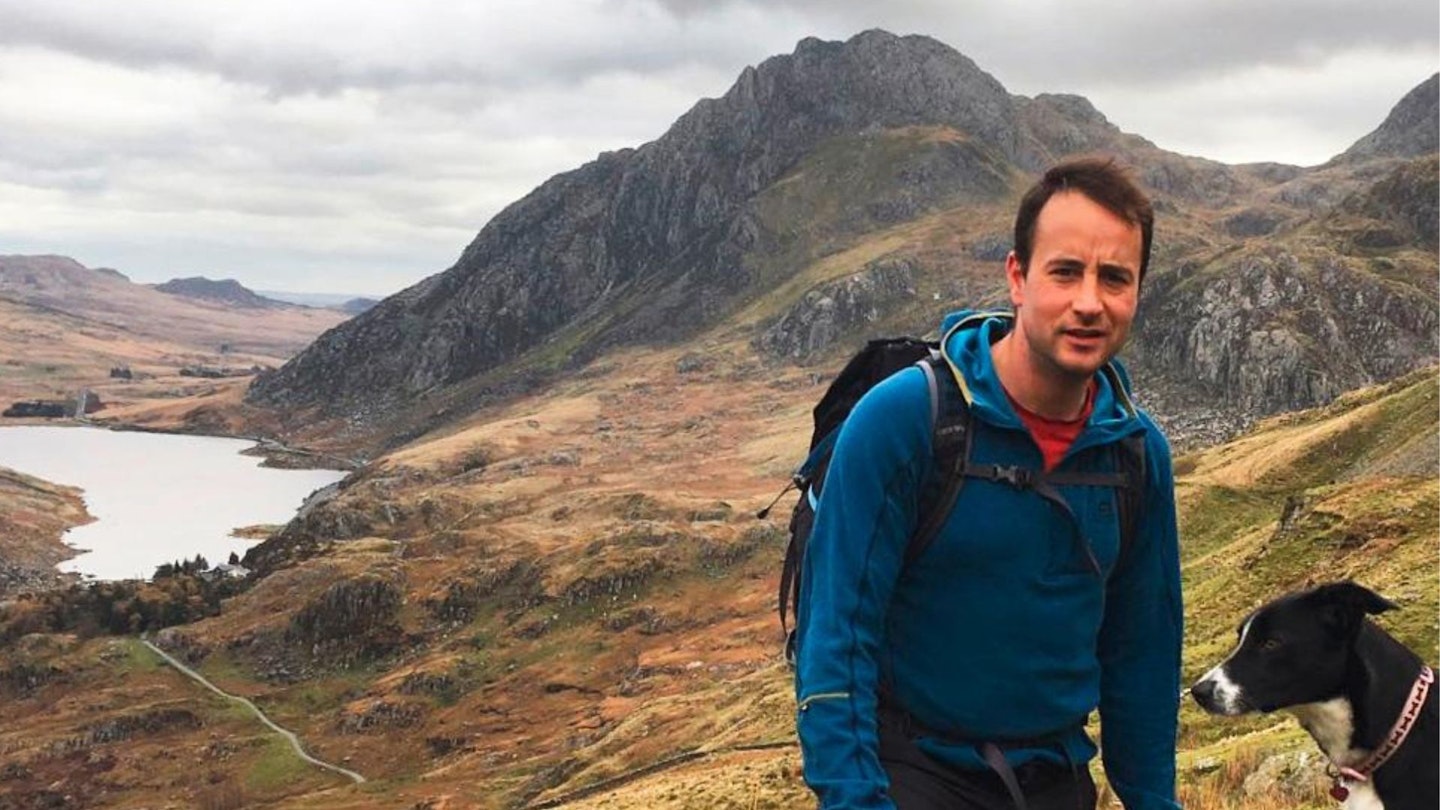
Jamie Rooke is a qualified Mountain Leader with a passion for helping people explore Britain's hills and mountains. He's been writing articles and route guides for Trail magazine and LFTO for years and is also one of our go-to experts for navigation tips and advice.
